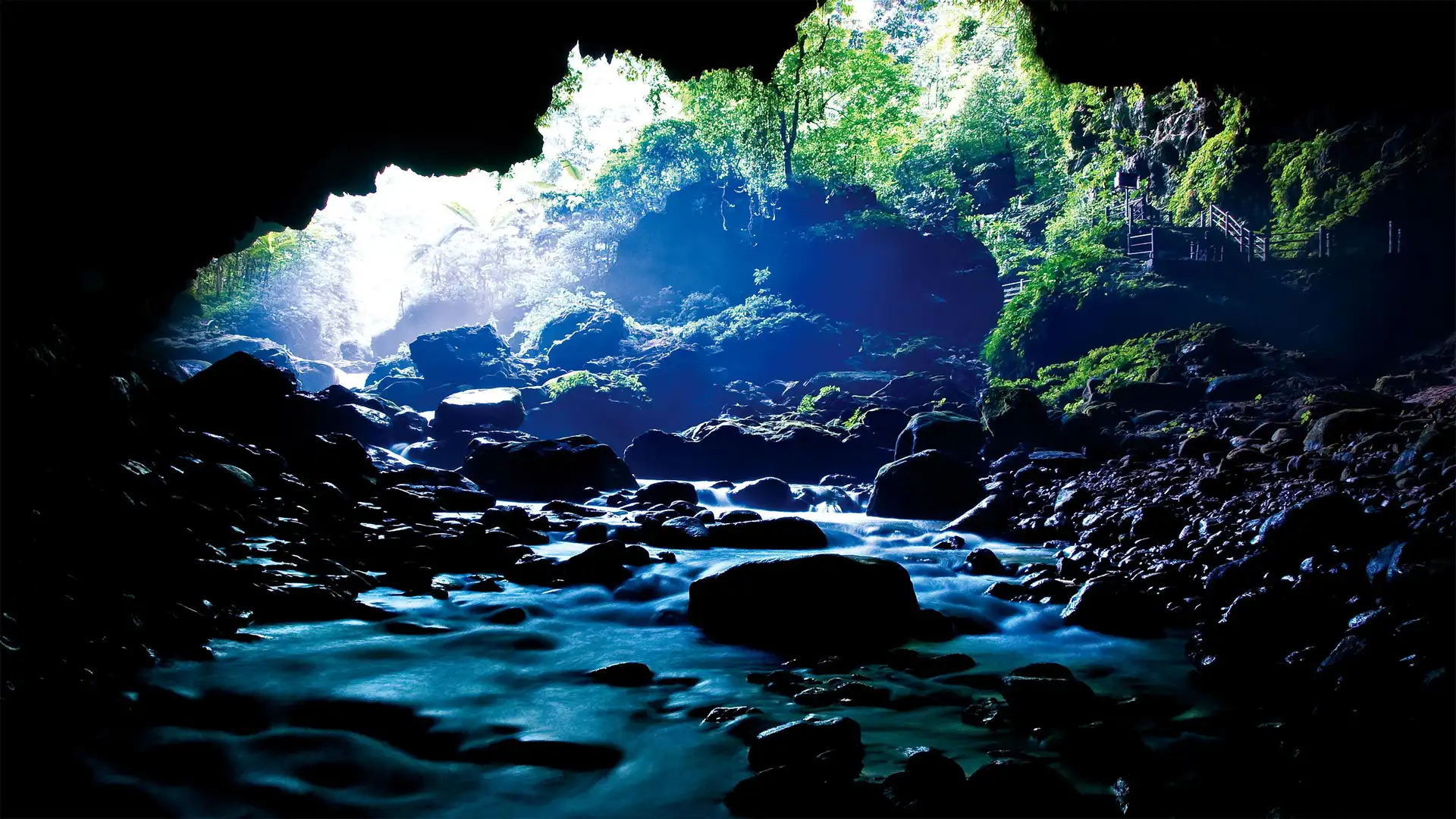Discover the Wonders of Jingxi Tongling Grand Canyon: A Hidden Gem in Guangxi
Introduction:
Welcome to the Jingxi Tongling Grand Canyon, a AAAA-rated scenic area nestled in the heart of Jingxi County, Baise City, Guangxi Zhuang Autonomous Region. As a tourism professional, I am thrilled to introduce you to this natural masterpiece, a place where the majestic landscapes and rich cultural heritage blend seamlessly to offer an unforgettable travel experience.
Cultural Background:
The Jingxi Tongling Grand Canyon is not just a geological marvel but also a testament to the region’s history and culture. The area is home to the Zhuang ethnic group, whose traditions and customs add a unique flavor to the visitor’s journey. The canyon itself is a result of millions of years of geological activity, showcasing the power and beauty of nature over time.
Unique Experiences:
Embark on a journey through the canyon, where you’ll witness towering cliffs, cascading waterfalls, and lush vegetation. The highlight of the visit is the underground river, which is one of the most significant in Asia, offering a mystical and refreshing experience. For the adventurous, there are hiking trails that lead to breathtaking viewpoints and hidden caves.
Geographical Location:
Situated in the southwest of Guangxi, the Jingxi Tongling Grand Canyon is easily accessible from Baise City. It lies at the intersection of the Yunnan-Guizhou Plateau and the Guangxi Basin, offering a diverse topography that is both stunning and accessible.
Transportation:
Visitors can reach Jingxi County by train or bus from Baise City. From there, it’s a short drive to the scenic area. For those who prefer a more scenic route, consider renting a car or joining a guided tour to fully appreciate the surrounding landscapes.
Best Time to Visit:
The best time to explore the Jingxi Tongling Grand Canyon is during the spring and autumn seasons when the weather is mild and the natural scenery is at its peak. Avoid the summer months if possible, as the heat can be intense, and the winter can be chilly.
Suggested Tour Route:
Begin your tour at the entrance, where you can take a shuttle to the start of the hiking trail. Follow the well-marked path that leads you through the heart of the canyon, with stops at the major viewpoints and the underground river. The entire loop can be completed in a day, but for a more leisurely pace, consider a two-day visit.
Dining Recommendations:
For a taste of local cuisine, visit one of the restaurants near the entrance of the scenic area. Here, you can savor dishes made from fresh, local ingredients, including the famous Guangxi rice noodles and a variety of ethnic Zhuang dishes.
Opening Hours:
The Jingxi Tongling Grand Canyon is open daily from 8:00 AM to 5:00 PM. It’s best to arrive early to make the most of your day and avoid the midday heat.
Photo Spots:
Capture the essence of the canyon at the Rainbow Falls, where the sunlight creates a beautiful spectrum of colors. The Emerald Pool, with its crystal-clear waters, is another must-visit spot for photographers. Don’t miss the panoramic views from the Skywalk, which offers a bird’s-eye view of the canyon.
Seasonal Features:
Spring brings a burst of color with blooming flowers, while autumn offers a serene atmosphere with changing foliage. Summer is the season of waterfalls, with increased water flow creating a dramatic display. Winter, though less visited, has its own charm with the tranquility and misty scenes.
Accommodation Suggestions:
For those wishing to extend their stay, there are several hotels and guesthouses in Jingxi County. Choose from budget-friendly options to more luxurious accommodations that offer a comfortable base for your exploration.
Welcome Aboard:
We cordially invite you to step into the enchanting world of Jingxi Tongling Grand Canyon. Whether you’re a nature lover, a photography enthusiast, or simply seeking a peaceful retreat, this scenic area promises an experience that will linger in your memories. Come, explore, and be captivated by the wonders that await you in the heart of Guangxi.
